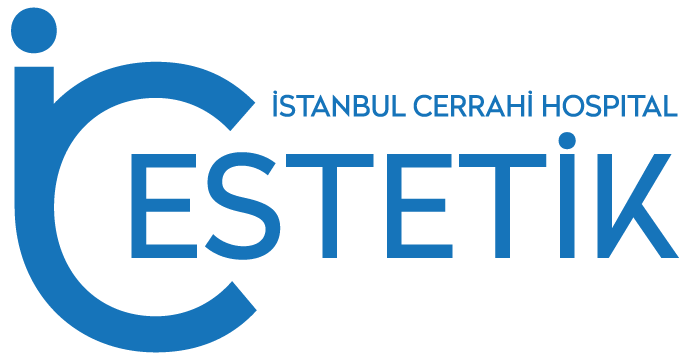Gynecomastia
Gynecomastia, or the increase in breast gland tissue in males, is often caused by hormonal imbalances between estrogen and testosterone. It can affect one or both breasts, and in some cases, there may be an uneven distribution.
Pseudogynecomastia, on the other hand, refers to an increase in fat rather than glandular tissue in male breasts.
Gynecomastia can occur in newborns, boys going through puberty, and older men due to normal hormonal changes. However, there are other causes of gynecomastia as well.
While gynecomastia is generally not a serious medical condition, it can be emotionally challenging to cope with. Men and boys with gynecomastia may experience breast pain and feelings of embarrassment.
Gynecomastia Symptoms
Most adult men with gynecomastia report no symptoms. Signs and symptoms of the condition may include:
- Pain, particularly in adolescents
- Swollen breast tissue
- Breast tenderness
- Nipple sensitivity with rubbing against clothes
Gynecomastia Procedure
Gynecomastia surgery, also known as male breast reduction surgery, is a procedure performed to reduce the size and improve the appearance of enlarged male breasts. The surgery involves the following steps:
Anesthesia: The procedure is typically performed under general anesthesia, ensuring that the patient remains asleep and comfortable throughout the surgery.
Incision placement: The surgeon will make incisions in the targeted areas, usually around the edge of the areola (the dark skin surrounding the nipple). The size and location of the incisions may vary depending on the extent of the gynecomastia.
Tissue removal: The surgeon will remove excess glandular tissue, fat, and skin from the breasts. Liposuction may be used to remove excess fat through small, inconspicuous incisions.
Repositioning of the nipple: In some cases, the position of the nipple and areola may need to be adjusted to create a more natural appearance. This involves removing and repositioning the nipple to a higher position on the chest.
Incision closure: The incisions are carefully closed using sutures, and the surgical site is covered with dressings or bandages.
Recovery and follow-up: After the surgery, the patient will be monitored in a recovery area. Pain medication and specific post-operative instructions will be provided. It is important to follow these instructions to ensure proper healing. A follow-up appointment will be scheduled to monitor the healing process and remove any sutures if necessary.

